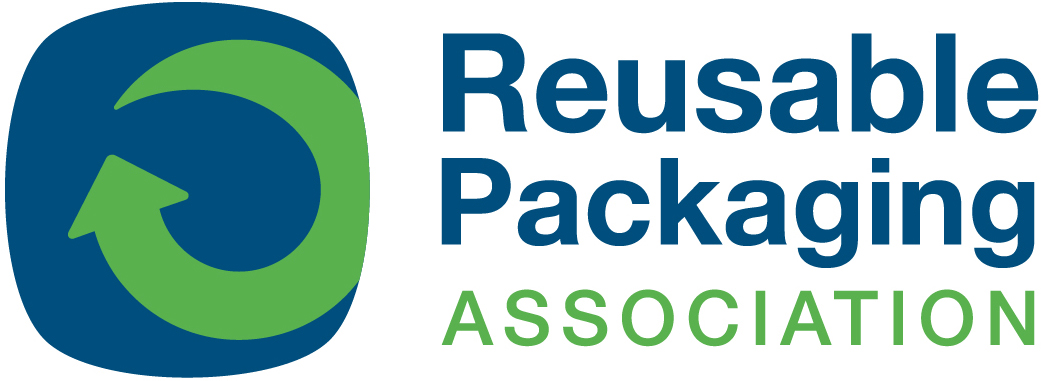By Frank Esposito | PLASTICS NEWS STAFF
Posted September 24, 2010
AKRON, OHIO (Sept. 24, 1:15 p.m. ET) — Higher feedstock costs have sent North American polypropylene prices higher since Sept. 1, while a push for margin improvement has done the same for polyethylene prices in the region in that same time frame.
Regional PE prices are up an average of 5 cents in that period, while PP prices have bumped up an average of 3 cents, according to buyers contacted by Plastics News. The PE move reverses a trend in which high density PE and linear low density PE prices had fallen an average of 12 cents per pound since May 1, wiping out most of an 18-cent increase that hit the market in the first four months of 2010. LDPE prices had dropped only 8 cents per pound since May 1 because of tighter supplies of that material.
A West Coast-based buyer of both PE and PP said the 5-cent hike that hit regional PE in September “was pure margin improvement — there was no justification for it at all.”
The buyer added that Ineos Group’s recent declaration of force majeure on PE, after a supply outage at its plant in Texas, may have had a psychological impact on the September price increase, but he added that the outage happened too late in the month to have any actual impact on PE supplies.
PE market analyst Mike Burns agreed that the PE increase “was focused on margin improvement,” and that there was very little cost increase on PE feedstocks during the month.
“The strength behind [the September increase] is in lack of inventory and in a lack of alternate sources when buying resins,” said Burns, an analyst with Resin Technology Inc. in Fort Worth, Texas. “And there’s no material available in the spot market. The generic prime guys were selling off early this month.”
Producers now are working on a 4-cent hike PE set to take effect Oct. 1. But market watchers gave that increase little chance of success, and said the 5-cent September hike may be given back by the end of the year or sooner.
Through July, U.S./Canadian sales of HDPE were down almost 1 percent, according to the American Chemistry Council in Arlington, Va., while LDPE sales were up almost 2 percent and LLDPE sales had surged 7 percent.
In the North American PP market, the 3-cent move comes on the heels of a 2-cent increase that took hold in August. PP prices had climbed 22 cents in the early part of 2010 before giving back 20 cents of that move by midyear.
The West Coast buyer said PP price moves remain closely tied to those of propylene monomer feedstock and aren’t always affected by demand.
“Demand isn’t up,” the buyer said. “Our [PP] suppliers are having no problem supplying us.”
He added that, based on conversations with his suppliers, regional PP prices could soften by year’s end.
North American PP sales were up a little more than 2 percent through July, according to ACC, but the domestic market greatly has outperformed the export sector. PP sales within the region were up more than 11 percent through July, led by growth of 71 percent in transportation-related injection molding products.
But that double-digit domestic growth rate was dampened by a plunge of almost 49 percent in export sales, caused by price increases that have made North American PP less attractive to international buyers.
